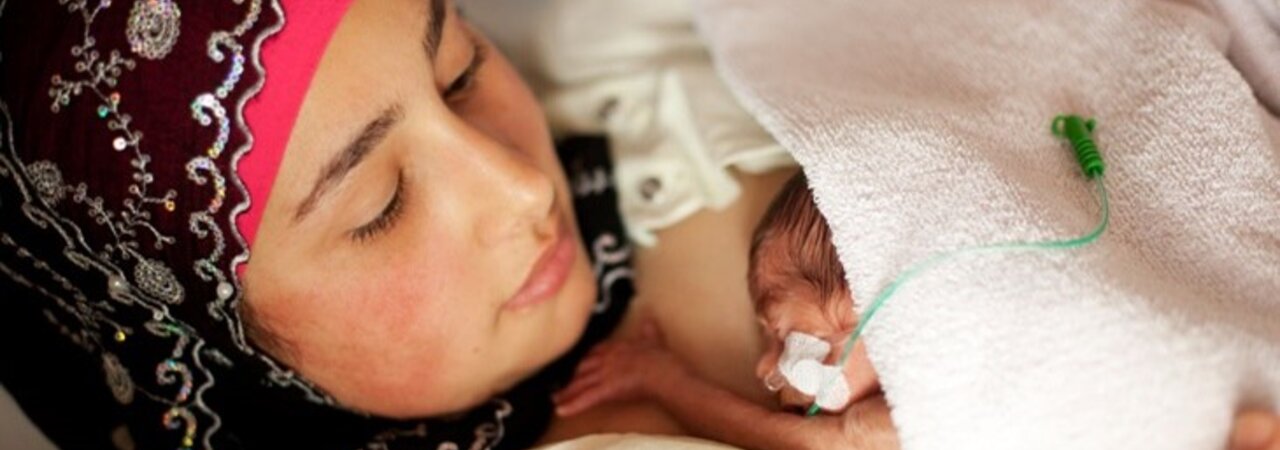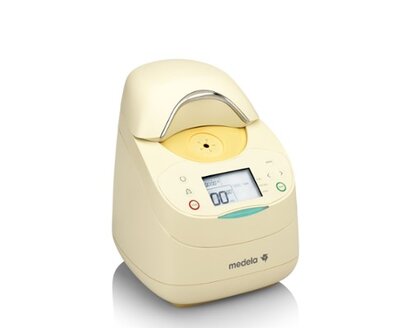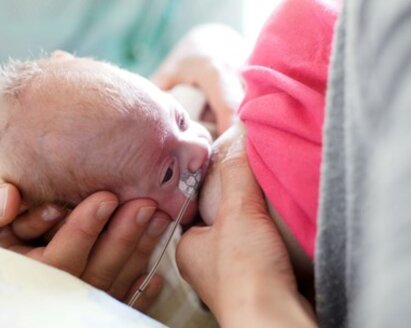1. Nyqvist KH et al. Towards universal Kangaroo Mother Care: recommendations and report from the First European conference and Seventh International Workshop on Kangaroo Mother Care. Acta Paediatr. 2010; 99(6):820–826.
2. World Health Organization (WHO). Kangaroo mother care to reduce morbidity and mortality in low-birth-weight infants. 2020.
3. Nyqvist KH et al. State of the art and recommendations. Kangaroo mother care: application in a high-tech environment. Acta Paediatr. 2010; 99(6):812–819.
4. Ludington-Hoe SM et al. Safe criteria and procedure for kangaroo care with intubated preterm infants. J Obstet Gynecol Neonatal Nurs. 2003; 32(5):579–588.
5. Acuña-Muga J et al. Volume of milk obtained in relation to location and circumstances of expression in mothers of very low birth weight infants. J Hum Lact. 2014; 30(1):41–46.
6. Nyqvist KH et al. Expansion of the baby-friendly hospital initiative ten steps to successful breastfeeding into neonatal intensive care: expert group recommendations. J Hum Lact. 2013; 29(3):300–309.
7. Baley J. Skin-to-skin care for term and preterm infants in the neonatal ICU. Pediatrics. 2015; 136(3):596–599.
8. Assad M et al. Decreased cost and improved feeding tolerance in VLBW infants fed an exclusive human milk diet. J Perinatol. 2016; 36(3):216–220.
9. Spatz DL. Ten steps for promoting and protecting breastfeeding for vulnerable infants. J Perinat Neonatal Nurs. 2004; 18(4):385–396.
10. Uvnäs-Moberg K. Neuroendocrinology of the mother-child interaction. Trends Endocrinol Metab. 1996; 7(4):126–131.
11. Prime DK. Dynamics of milk flow and milk ejection during breast expression in women [PhD Thesis]: The University of Western Australia; 2010.
12. Flacking R et al. Closeness and separation in neonatal intensive care. Acta Paediatr. 2012; 101(10):1032–1037.




















